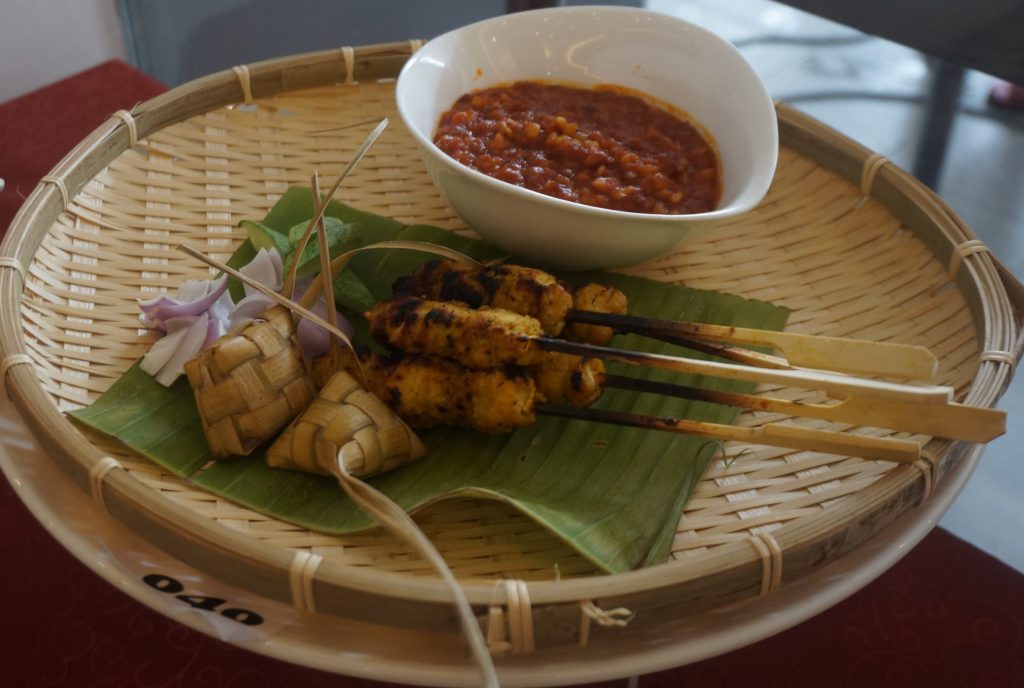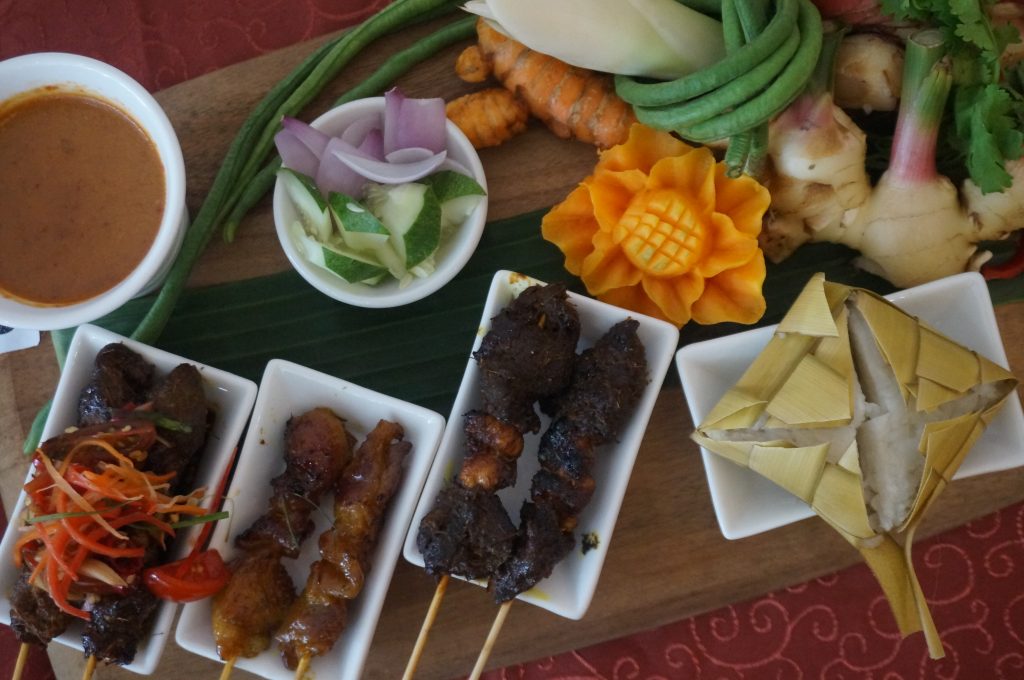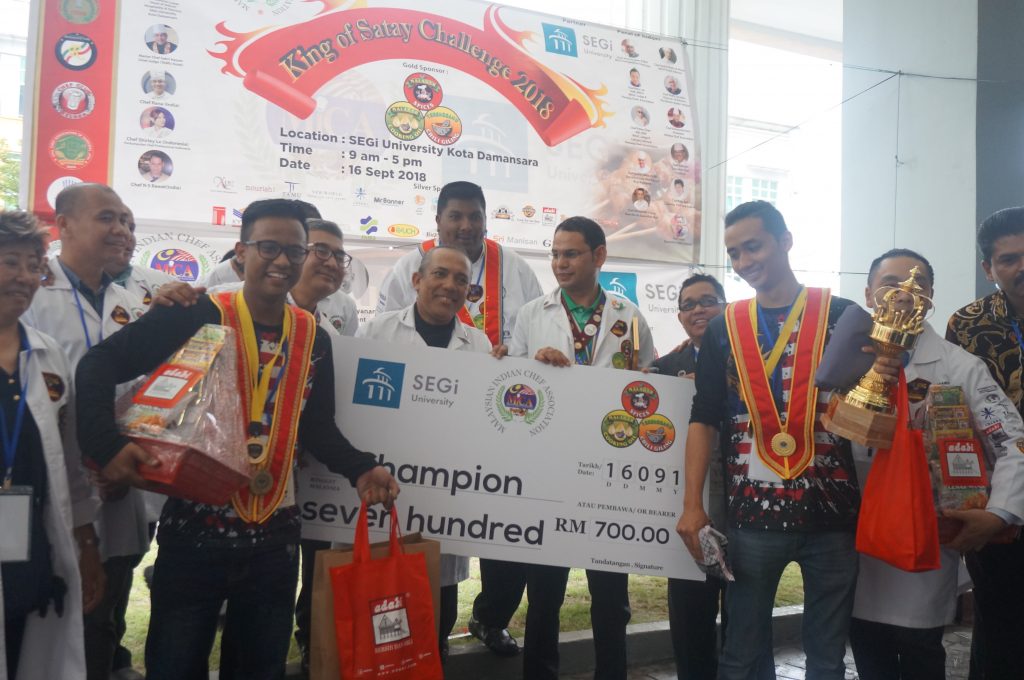
Have you ever wondered what makes a good satay? Is it all about the succulent, sufficiently-charred meat? Or is it the with thick and chunky peanut sauce?
At King of Satay Challenge 2018, organised by the School of Hospitality and Tourism of SEGi Universiti Kota Damansara in partnership with the Malaysian Indian Chefs Association (MICA), we got our answers. We didn’t only find out what makes a satay great, but also learned a lot about other variants.
Did you know that the possibilities of a good satay is endless? The only limit is our imagination. King of Satay Challenge 2018 proved exactly that. The participants did not hold back in channeling their creativity and showcasing their talents.
For Malaysia, with Love

In conjunction with Malaysia Day, the King of Satay Challenge was indeed a testament of our people’s love for satay. There were over 80 satay masters representing various hotels, restaurants and culinary schools participating. It was a showcase of our spirit of competitiveness.
Our culinary creativity was on display. Variations of satay from green apple marinated satay to squid satay proved that the our nation’s culinary scene is in good hands. Despite the fusion of modern flavours, the contestants, stayed true to the concepts of classic satay.
Winner Takes it All

To select a winner to dub the ‘King of Satay’, judges consisting of famous names in the industry such as Master Chef Sabri Hassan of Tamu Hotel Kuala Lumpur deliberated. They looked through criteria such as completion time, food hygiene, teamwork, presentation and creativity. In the end, there can only be one winner.
Among the 80 participants hailing from Singapore, India and Indonesia, the title of ‘Ultimate Satay King Master’ was bestowed to Muhammad Afiq bin Abdul Malek and Nur Effendy bin Mohammad Yusoff from New World Hotel Petaling Jaya. He walked home with a cash prize worth RM700, a trophy, certificates and gifts from the event sponsors.
More Food Competitions
The partnership between SEGi and MICA provided opportunities for chefs to showcase their talents in culinary arts. At the same time, the younger generations benefit by learning the importance of preserving heritage recipes.
Besides, culinary competitions such as this provide an opportunity to observe new food trends and how they are applied to the classics. We hope to see more culinary activities in the future showcasing how our local cuisine, traditional and modern, is flourishing.
